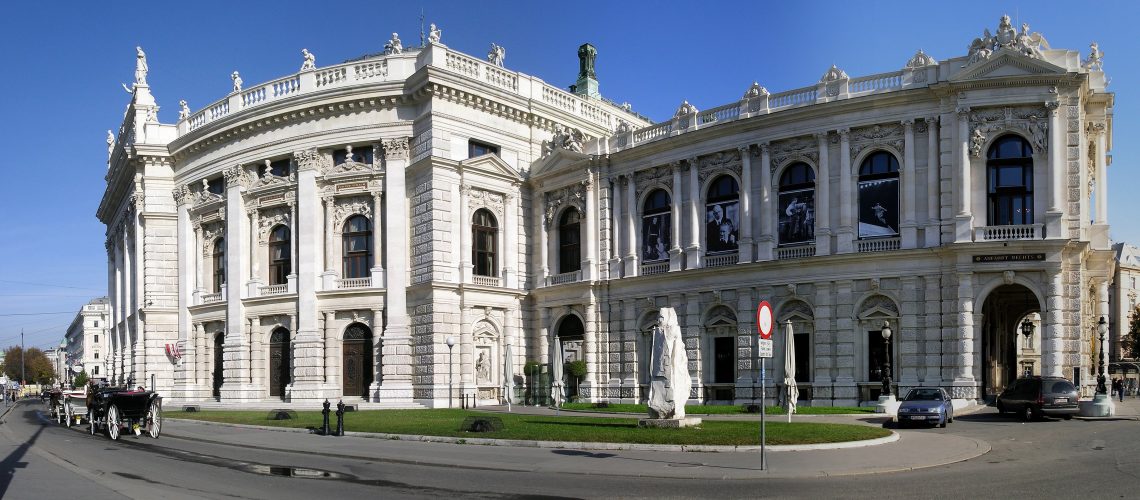The Ringstraße and its numerous historic buildings are one of the main attractions of Vienna. The entire 5.2-km long circular street is today part of the “World Cultural Heritage Historic Centre of Vienna” and was influential in the development of the eponymous Ringstraße style, which is characterised by prestigious neoclassical buildings and regarded as being distinctively Viennese. The influence of the Ringstraße style on the architecture of Vienna can be clearly seen in the “Gründerzeit,” or founding era (1860-1890).
The Ringstraße is built on the location of the former city walls and the glacis that encircled the historic centre of Vienna (first district) from the 13th century until it was razed after the Revolution of 1848: the walls were hindering the growth of the metropolis when the suburbs of the second to the eighth district were incorporated into the city in 1850.
The nobility and the wealthy bourgeoisie built prestigious palaces in monumental historical style along the Ringstraße. The “Ring” is divided into nine sections: Stubenring, Parkring, Schubertring, Kärntnerring, Opernring, Burgring and Dr.-Karl-Renner-Ring.
The most important buildings on the Ringstraße are the State Opera, in which the Vienna Opera Ball takes place every year; parliament; the university (the oldest still in existence in the German-speaking world); Hofburg Palace; Burgtheater; Palais Epstein; Vienna City Hall; the Museum of Art History and the Natural History Museum. The best way to explore the Ringstraße is by horse-drawn carriage (“Fiaker”) or the “Ring tram.”

